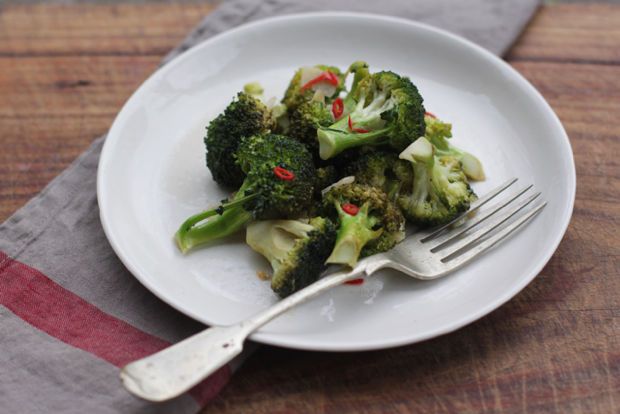Popular on Food52
Continue After Advertisement
7 Comments
pierino
October 1, 2013
When you say Rome, you are speaking my language---SPQR. Most times vegetables in Rome just get hammered to death. Ciccoria being a bit of an exception. The word broccoli in Italian covers a vast array of green stuff. I have a head of "broccolini" in my fridge at the moment, with those mint green, spikey florets. Thanks for the inspiration.
Emiko
October 1, 2013
Prego! And that's why I love that Ada Boni calls it broccolo a crudo to distinguish it from the regularly well-cooked (over cooked) vegetables!
carswell
October 1, 2013
I use the oil, garlic and chili flakes combination regularly with rapine. I'm not sure I'd enjoy it as much with broccoli.
Emiko
October 1, 2013
Rapini (or broccoli rabe), with that great bitter flavour, is perfect done this way, as does really anything in the brassica family, though regular broccoli is the classic. ;)
pierino
October 1, 2013
I'm always surprised that the mainstream American (English) palate does not get down with the "bitter" component. Personally I love it in the same way that the Italians embrace it. Even radicchio! I worked some cooking jobs where I sent out salads with radicchio chiogia and some plates came back with the chiogia barely touched. What with these people?
Emiko
October 2, 2013
Radicchio is possibly one of my favourite things ever ;) I read a very interesting article recently on how vegetables with bitter flavours are more nutritious but over the centuries, they've been bred out in favour of sweetness: http://www.nytimes.com/2013/05/26/opinion/sunday/breeding-the-nutrition-out-of-our-food.html



See what other Food52 readers are saying.